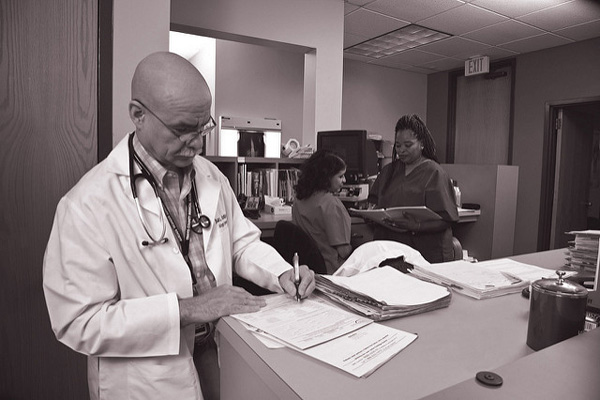
Starting Jan. 1, medical laboratories – including physician-owned labs – face a reporting requirement from the Centers for Medicare & Medicaid Services (CMS) that will create a paperwork burden and could negatively affect payment rates.
The measure is part of the 2014 Protecting Access to Medicare Act (PAMA), which changed the way Medicare pays for clinical diagnostic laboratory tests under the Clinical Laboratory Fee Schedule. This means qualified laboratories are required to report information that includes private payer rates, volume data, and laboratory test codes under the Healthcare Common Procedure Coding System.
From Jan. 1 to March 31, 2023, labs must report data for the period from Jan. 1 to June 30, 2019.
Not only is the reporting burden a concern for physician-run labs, so is transparency, says Robert Bennett, the Texas Medical Association’s vice president of medical economics.
“What is negotiated with a private payer for laboratory services shouldn’t directly impact government payment rates,” he said. “There is a concern the government will collect this data and attempt to justify paying physician-owned labs less.”
On a separate but related issue, a coalition of 25 medical and health care organizations – including the American Medical Association and the American Academy of Family Physicians – wrote a letter last September to congressional leaders criticizing PAMA for creating a single, national fee schedule based on private market data.
For instance, the first round of data collected under the law in 2017 severely under-sampled market data, resulting in $4 billion in cuts to labs providing commonly ordered tests for Medicare patients, the organizations wrote.
Congress already had to intervene multiple times to delay reporting periods and pay cuts as a way to maintain patients’ access to lab services, and instead should enact a permanent solution to the problem, the coalition says. The groups point to the Saving Access to Laboratory Services Act as one of those solutions.
“Without a sustainable solution to this problem, labs face another round of cuts of up to 15% in January of 2023,” the coalition warned.